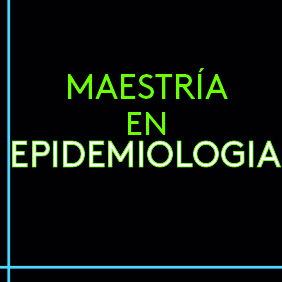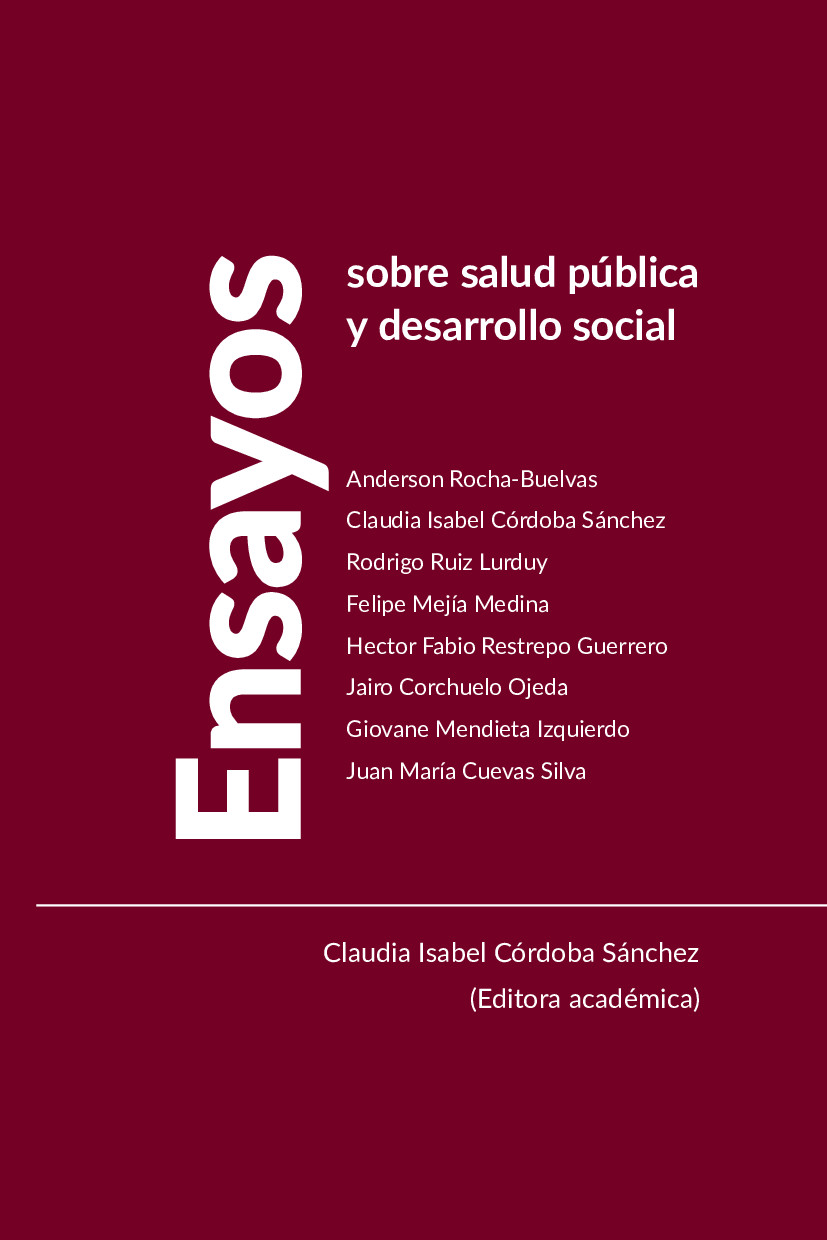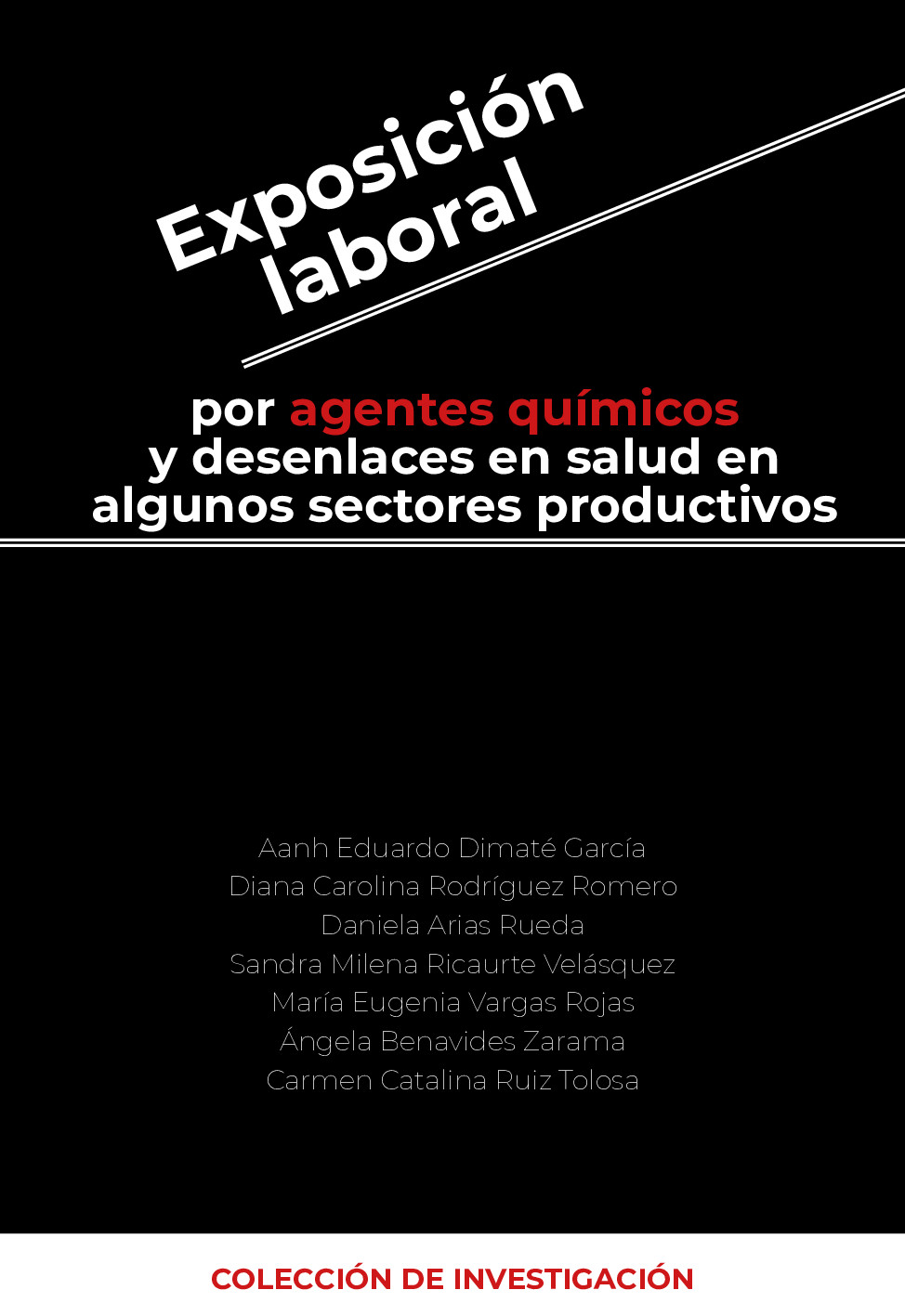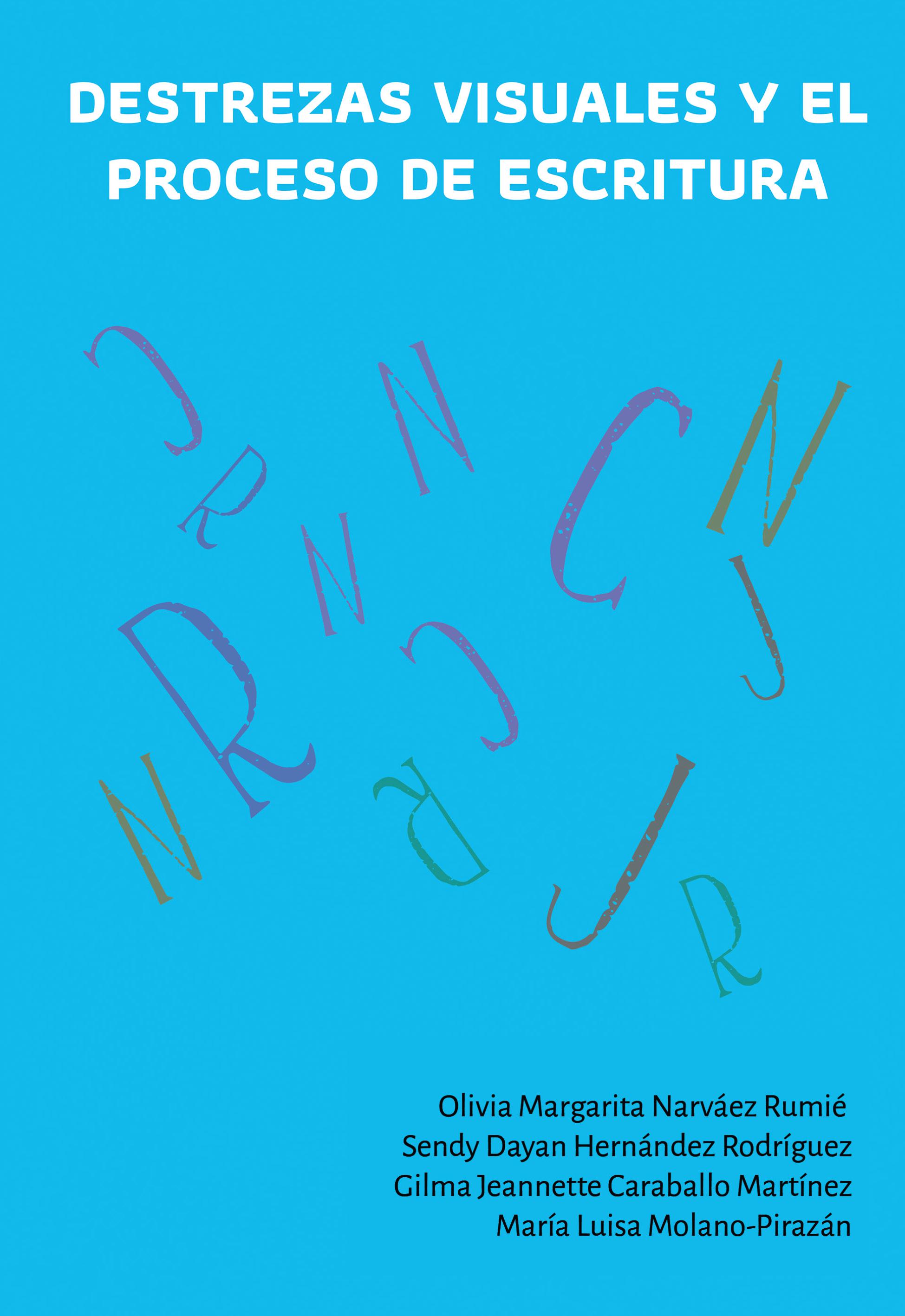Abstract
Introduction: a descriptive, cross-sectional study in order to identify ergonomic risks related motor-sensory median nerve at the wrist, 58 janitors public schools that met the inclusion criteria alterations.
Methods: method Job Strain Index, physiotherapy assessment of hand and instrument of job description: data collection instruments as were used.
Results: most people belong to the female, aged between 51 and 60 years, who have been working in this office for more than 10 years, presenting with symptoms of pain most often between 69% - 53.4%; paresthesias 58.6% - 44.8%; weakness 41.4% - 36.2% for both the dominant and non-dominant hand, the activity represents increased risk is mopping the floor as clean.
Conclusions: the study allowed themselves evidence of the variables sustained postures and repetitive movements where to apply statistical analysis allowed evidence that the dominant hand is the most affected area characteristics.
The existence of outside activities implies that in one way or another indirectly influence on the evaluation and diagnosis of a sensory impairment -motora.
Licence
Authors should declare no conflicts of interest either for reasons of financing the project which is the result of the article; as well as intellectuals, academics, moral and investigative reasons.
The Journal of Andean Research is home to the ethical rules for publications issued by the COPE: http://publicationethics.org/resources/code-conduct
References
2 Jarvik JG, Comstock BA, et al. Surgery versus non-surgical therapy for carpal tunnel syndrome: a randomised parallel-group trial. Lancet 2009; 374: 1074-1081.
3 México. Dirección general de epidemiologia. Programa de Acción Sistema Nacional de Vigilancia Epidemiológica SINAVE; Segunda Edición. Ciudad de México: La Dirección; 200
4 Ortiz F, Enríquez F, et al. Natural evolution of carpal tunnel syndrome in untreated patients. Clinical Neurophysiology, 2008; 119: 1373- 1378
5 Silverstein B, Fine LJ, Armstrong TJ. Occupational factors and Carpal Tunnel Síndrome. Am J Ind Med, 1987; 11:343-58
6 McDiarmid M, Oliver M, Ruser J, Gucer P. Male and female rate differences in carpal tunnel syndrome injuries: personal attributes or job tasks? Environ Res 2000; A83:23-32
7 Ruíz Martín JM. Síndrome del túnel carpiano. ¿Enfermedad profesional? Aten Prim 1995; 16(10):584-585.
8 Instituto Nacional de Salud, Observatorio Nacional de Salud, Marco de Implementación, Bogotá, D.C., Colombia. 2013
9 Consejo De Organizaciones Internacionales De Las Ciencias Médicas (CIOMS). Pautas Éticas Internacionales para la Investigación y Experimentación Biomédica en Seres Humanos, Ginebra; 1993: 53-56.
10 Amo C, Fernández-Gil S, Pérez-Fernández S. Sindrome del túnel del carpo. Correlación clínica y neurofisiológica: revisión de 100 casos. Rev Neurol. 1998;27(157):490-3
11 Becker G. Carpal tunnel syndrome. National Guideline Clearinghouse. Illinois: American Society of Plastic and Surgeons; 1998. p.10.
12 Katz JN, Larson MG, Sabra A, Krarup C, Stirrat CR, Sethi R, et al. The carpal tunnel syndrome: Diagnostic utility of the history and physical examination findings. Ann Internal Med. 1990;112:321-7
13 Jochen Gerstner, Semiologia del Aparato Locomotor 13a Edición. Editorial Celsus. 2011. ISBN: 9789589327456. 520 Páginas.
14 Moscardo, JL. Neuropatía del Nervio Mediano, Casos y Modelos Clínicos, patología ortopédica de miembro superior. Publicado 18 Enero, 2011; ISBN 978-84-614-0072-0
15 Ministerio de la Protección Social y la Pontificia Universidad Javeriana.Guía de Atención Integral Basada en la Evidencia para Desórdenes Musculoesqueléticos (DME) relacionados con Movimientos Repetitivos de Miembros Superiores (Síndrome de Túnel Carpiano, Epicondilitis y Enfermedad de De Quervain (GATI- DME), Bogotá, Diciembre de 2006.
16 Zanetta DM, Kouyoumdjian JA, Morita MP. Evaluation of age, body mass index, and wrist index as risk factors for carpal tunnel syndrome severity. Muscle Nerve. 2002 Jan; 25(1): 93-97
17 Polykandriotis E, Premm W, Horch RE. Carpal tunnel syndrome in young adults-- an ultrasonographic and neurophysiological study.Minim Invasive Neurosurg. 2007; 50(6): 328-334.
18 Instituto de Biomecánica de Valencia. Evaluación de riesgos de lesión por movimientos repetitivos. Valencia, España, 1996.
19 Nery Álvarez Naranjo, Yisel Pinillos Patiño. Caracterización de los pacientes con síndrome del túnel carpiano de un centro de salud en Barranquilla. Rev. salud mov. 1 (1): 16-20, 2009 ISSN 2027-4548 16
20 Vargas Porras, PA. Orjuela Ramírez, ME. Vargas Porras Lesiones osteomusculares de miembros superiores y región lumbar: caracterización demográfica y ocupacional. Universidad Nacional de Colombia, Bogotá 2001- 2009
21 Roberto Portillo, María Salazar, MarcoAntonio Huertas. Síndrome del túnel del carpo Correlación clínica y neurofisiológica. Anales de la Facultad de Medicina. Universidad Nacional Mayor de San Marcos. ISSN 1025 – 5583. Págs. 247 – 254
22 Amo C, Fernández-Gil S, Pérez-Fernández S. Sindrome del túnel del carpo. Correlación clínica y neurofisiológica: revisión de 100 casos. Rev Neurol. 1998; 27(157):490-3.
23 D’Arcy CA, McGee S. Clinical diagnosis of carpal tunnel syndrome. JAMA. 2000;284(15):1924-
24 Aldo E. Piñeda Geraldo. El Túnel Carpiano: Riesgo ergonómico en trabajadoras de cultivo de flores. Rev. Ingeniería, Matemáticas y Ciencias de la Información Vol. 1 / Núm. 1 / 2013
25 Fundación MAPFRE. Ergonomía: 20 preguntas básicas para aplicar la ergonomía en la empresa. España: Editorial MAPFRE. 2001:116 – 119.
26 Amorós M. Factores laborales y extralaborales en el desarrollo y prevención del Túnel Carpiano en el medio laboral
27 Miller RS, Iverson DC, Fried RA, et al. Carpal tunnel syndrome in primary care: a report from ASPN. Ambulatory Sentinel Practice Network. J FamPract.1994; 38(4): 337-344
28 Punnett, L. and D. H. Wegman (2004). “Work-related musculoskeletal disorders: the epidemiologic evidence and the debate.” J Electromyogr Kinesiol 14(1): 13-23.
29 Kamolz, L. P., H. Beck, et al. (2004). “Carpal tunnel syndrome: a question of hand and wrist configurations?” The Journal of Hand Surgery: British & European Volume 29(4): 321-324.
30 Romero, E, Ruiz E, Salazar M. Resultados funcionales de pacientes operados por síndrome de túnel del carpo por el servicio de ortopedia y traumatología HALF, segmento de mano durante el periodo de enero del 2005 a noviembre del 2006. [Tesis de posgrado], Nicaragua: Universidad Autónoma de Nicaragua, 2005-2006
31 Puertola Sanz, C.; Otero Sierra, C. (1996) Estudio de la Patología de miembro superior producida por movimientos repetitivos. Salud y Trabajo 116, pp 10-15.
32 Becker G. Carpal tunnel syndrome. National Guideline. Clearinghouse. Illinois: American Society of Plastic and Surgeons; 1998. p. 10.
33 Katz JN, Larson MG, Sabra A, Krarup C, Stirrat CR, Sethi R, et al. The carpal tunnel syndrome: Diagnostic utility of the history and physical examination findings. Ann Internal Med. 1990; 112:321-7.
34 Bruske J, Bednarsky M, Grzelec H. The usefulness of the Phalen test and the HoffmanTinel sing in the diagnosis of carpal tunnel syndrome. Acta Orthop Belg. 2002 Apr; 68(2):141-5.
35 Villaverde M, González J, Lovic A. Síndrome del túnel carpiano con estudio electrodiagnóstico normal. Rev Ortop Traum. 1997; 41:350-6.
36 González, JL. Valor Diagnostico de la Evaluación Clínica y Electrofisiológica en el Síndrome de Túnel del Carpo [Tesis doctoral]. La Habana: Universidad de Ciencias Médicas de La Habana, 2007.
37 Alejandro Hernández Rodríguez, Aproximación a las causas ergonómicas de los trastornos musculoesqueléticos de origen laboral junta de Andalucía. consejería de empleo. ISBN: 978-84-692-4788-4.2010
38 Determinación de factores causales del Síndrome del túnel del carpo en un grupo de trabajadoras para la implementación de un programa preventivo. María Guadalupe Zaragoza Esquinca
39 Aldo E. Piñeda Geraldo. El Túnel Carpiano: Riesgo ergonómico en trabajadoras de cultivo de flores. Rev. Ingeniería, Matemáticas y Ciencias de la Información Vol. 1 / Núm. 1 / 2013
40 Keyzerling, M.W. (1988).”Postural Analysis in Industry “.Ergonomics in Manufacturing Raising Productivity through Workplace Improvement.Society of Manufacturing Engineering.The United States of America.
41 Spielholz et al. 2008. Reliability and validity assessment of the hand activity threshold limit value and strain index using expert ratings of mono-task jobs. J Occup Environ Hyg 5: 250- 257
42 Moore et al. 1995. The Strain Index: A proposed method to analyze jobs for risk of distal upper extremity disorders. AIHA J 56: 443-458.
43 Takala E-P, Pehkonen I, et al. Systematic evaluation of observational methods assessing biomechanical exposures at work. Scand J Work Environ Health. 2010;36(1):3-24.





















